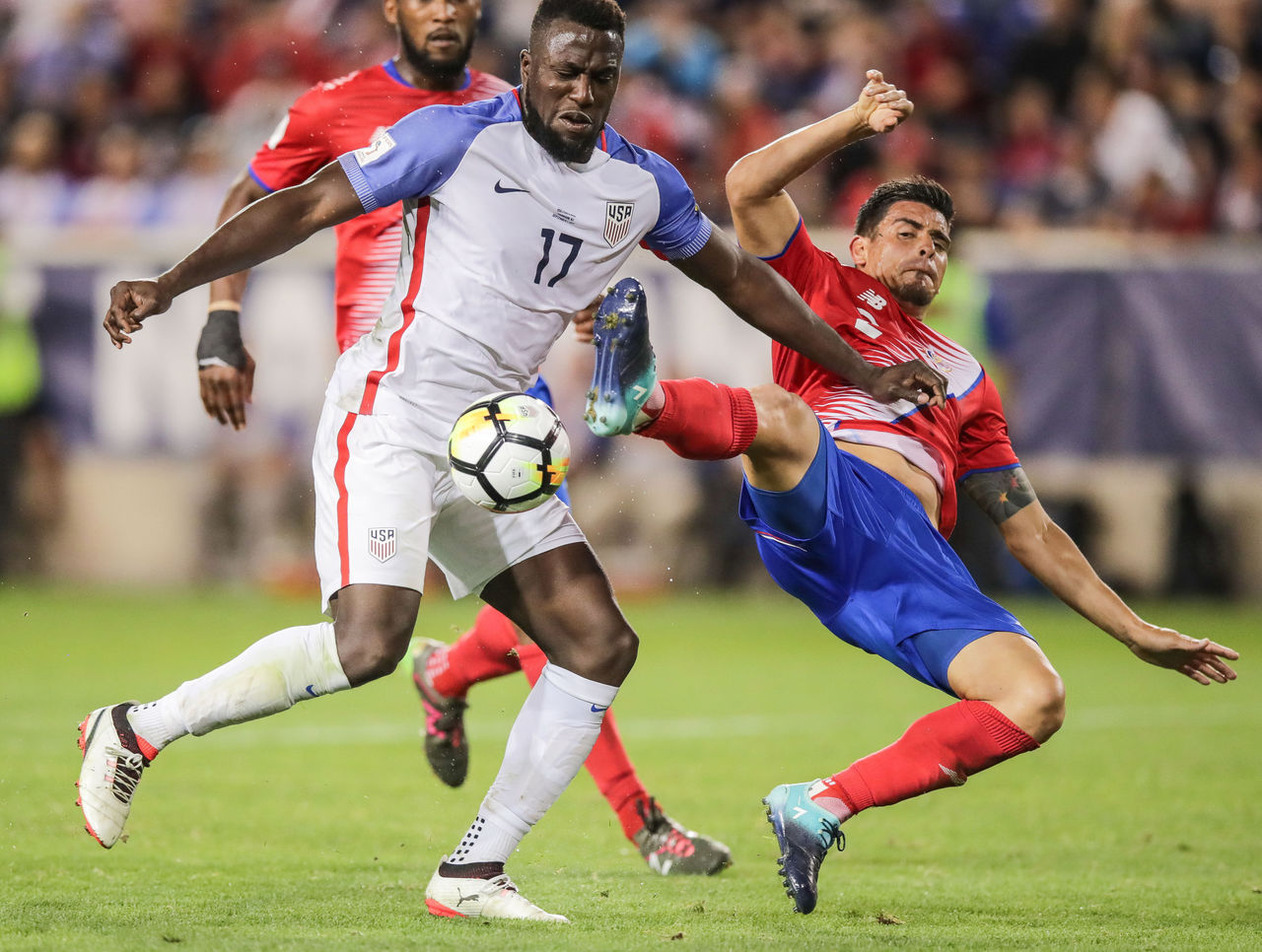State of the Union: What's next for the USMNT?
A scrappy equaliser from Bobby Wood was the difference between crisis and catharsis in Honduras on Tuesday. By salvaging a point in the den that is the Estadio Olimpico Metropolitano, the United States' men's national team kept itself within touching distance of the 2018 World Cup.
But the confidence that head coach Bruce Arena had appeared to restore since replacing Jurgen Klinsmann is gone. A 2-0 loss to Costa Rica last week ended the USMNT's 14-match unbeaten streak, and the 1-1 draw with Honduras left many wondering why the Americans struggled so much against a team they'd clobbered earlier in the year.
Related: Bobby Wood rescues U.S. with late equalizer at Honduras
Here's a breakdown of the United States' predicament heading into the final two October qualifiers.
What's happened to the USMNT?
It was all going relatively well until the 2-1 defeat to Mexico last November. That was followed by a limp effort in a 4-0 loss to Costa Rica, which prompted Klinsmann's dismissal. The German had bought time with the introduction of Wood and Borussia Dortmund phenom Christian Pulisic, but his questionable tactics - including the use of an unfamiliar 3-5-2 formation - left the U.S. in last place of CONCACAF qualifying.
The United States restored its balance under Arena, claiming important points away to Panama and Mexico. Unlike Klinsmann, Arena used tactics suited to the players he had, switching as he saw fit. That attitude seemed to settle his players. His reliance on veterans also helped the Americans win the 2017 Gold Cup.

(Photo courtesy: Action Images)
But the honeymoon phase could only last so long. Another loss to Costa Rica brought back the moans and groans. Thirty-five-year-old DaMarcus Beasley and converted midfielder Graham Zusi proved they no longer work as full-backs, and questions remain as to how effective a roster stacked with Major League Soccer players can be.
Pulisic also needs help. He's now well aware of all the hacking that happens in CONCACAF qualifying, and Arena must recognise the 18-year-old can't create all the chances by himself.
What does the draw in Honduras mean?
In some camps, the point from Tuesday's stalemate boosted hopes of qualifying, while in other parts, the draw was another reason for discontent. The fact the U.S. destroyed a historically weak Honduras 6-0 last March angered supporters who wanted to see a similar display of dominance in Central America.
The U.S. only looked dangerous after the former LA Galaxy boss threw on substitutes Paul Arriola, Geoff Cameron, and Wood. Benching Cameron, who put in a poor performance against Costa Rica, seemed shortsighted considering the dearth of options at the back. At least Arena realised his errors and made a change before it was too late.
More importantly, Woods' goal robbed two points from a direct rival. The U.S. can now expect to qualify with a win at home to Panama and a point away at Trinidad and Tobago. A loss in Honduras would've necessitated victories in both of those matches just to have a chance of qualifying.
Can the United States make the World Cup?
Of course it can. That doesn't mean it will be easy.
Sports Illustrated's Grant Wahl has dubbed the United States' qualifying cycle its most difficult since 1989, when the country emerged as one of two World Cup entrants from CONCACAF after 10 gruelling matches.
There was less room for failure back then. The current Hexagonal phase is extremely forgiving, so much so that Mexico managed to make the 2014 World Cup despite winning just two matches.
The United States' record at the moment is similar. With two wins, three draws, and three losses, Arena's side still has a 68.7 percent chance of claiming an automatic World Cup berth, according to ESPN's Paul Carr.
The United States has made each of the past seven editions of the World Cup. Count on the Americans to make it to their eighth in a row.